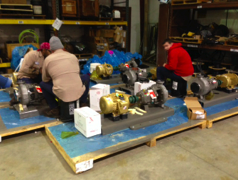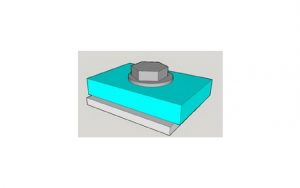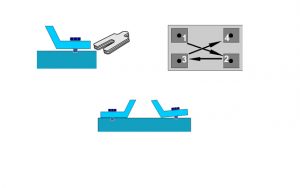Skid-mounted machinery is frequently shipped and tagged as being aligned. Recently a customer of ours received eight centrifugal motor/pump sets, already mounted on steel frames. Each coupling was guarded, and on the guard was a tag, which listed the vertical and horizontal offset and angularity values.
All of the tags stated that the machines were laser aligned. The worst misalignment listed was about 3 1/2 mils of offset horizontally. So, since we normally assist our customers in perform field alignments on real machines as part of the training class, we decided to check the alignment on these new pumps. The maintenance staff was surprised to discover that seven of the eight pumps were out of alignment, some by much more than its tag stated.
Are you surprised? You shouldn’t be.
These are excellent motor/pump sets, manufactured and sold by a reputable company. And they were most likely aligned to just what their tags said – when they left the plant. But alignment can change.
If you look closely at the photo, you can see that these skids are mounted to wooden pallets. Not exactly an inertia block! They are loaded onto trucks, and hauled over bumpy interstate highways in the back of trailers. Then they are unloaded, often stored for extended periods of time, and finally mounted in industrial settings. The motor/pump sets in the photo were actually designed to be mounted onto threaded rods, and suspended above a concrete floor.
So alignment can change between the time they leave the manufacturer and when they are commissioned. And alignment can continue to change. Concrete settles. Thermal changes in piping can effect the alignment. Metals can go through stress relief changes, especially on skids.
This is why shaft alignment should be checked on a regular basis as part of a preventive maintenance program. When companies perform alignment checks as part of their PM, the machines that do change can be identified, and realigned as needed. This will increase the life of the machine components, and help assure long and reliable operation of the machines.




